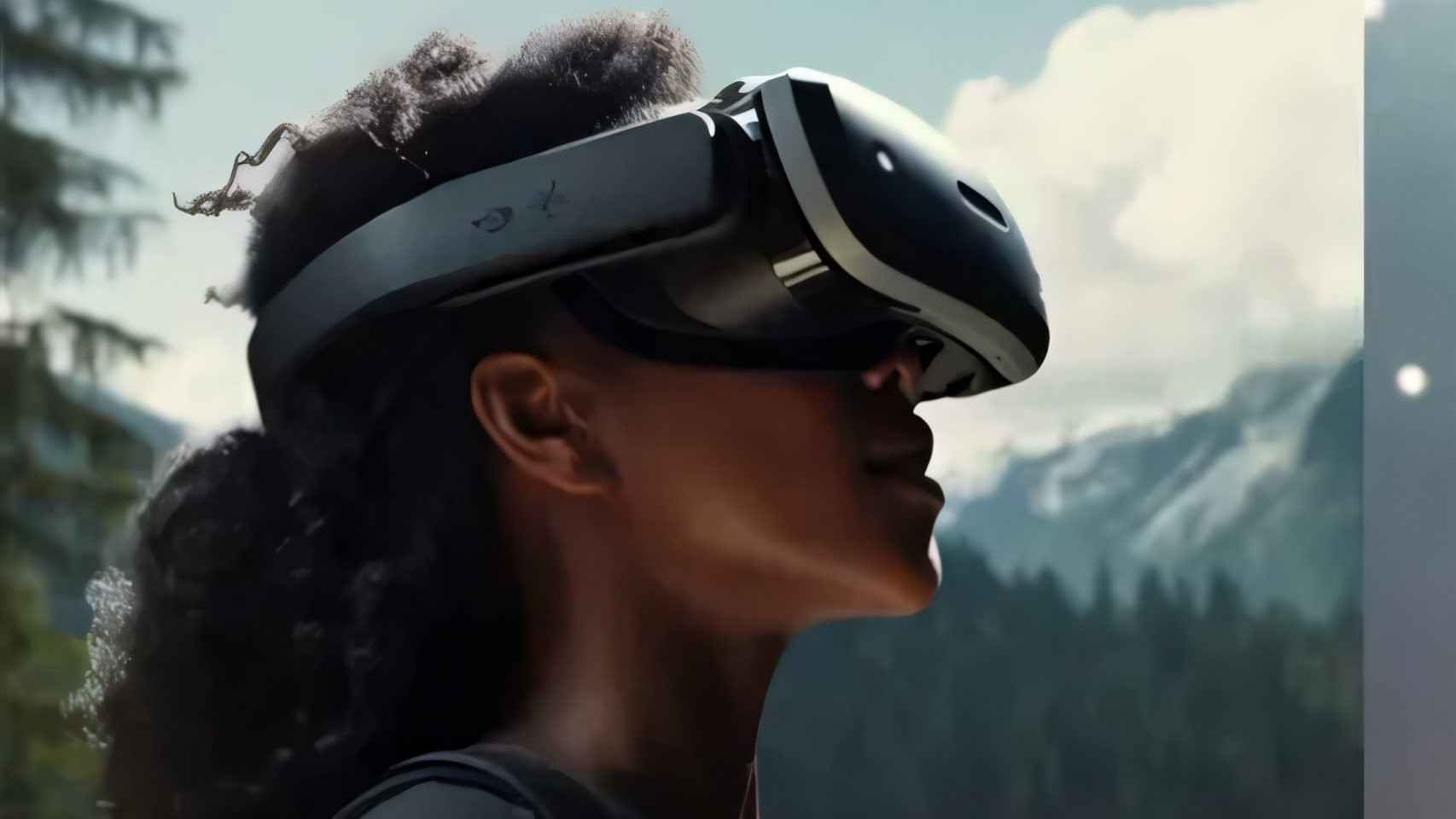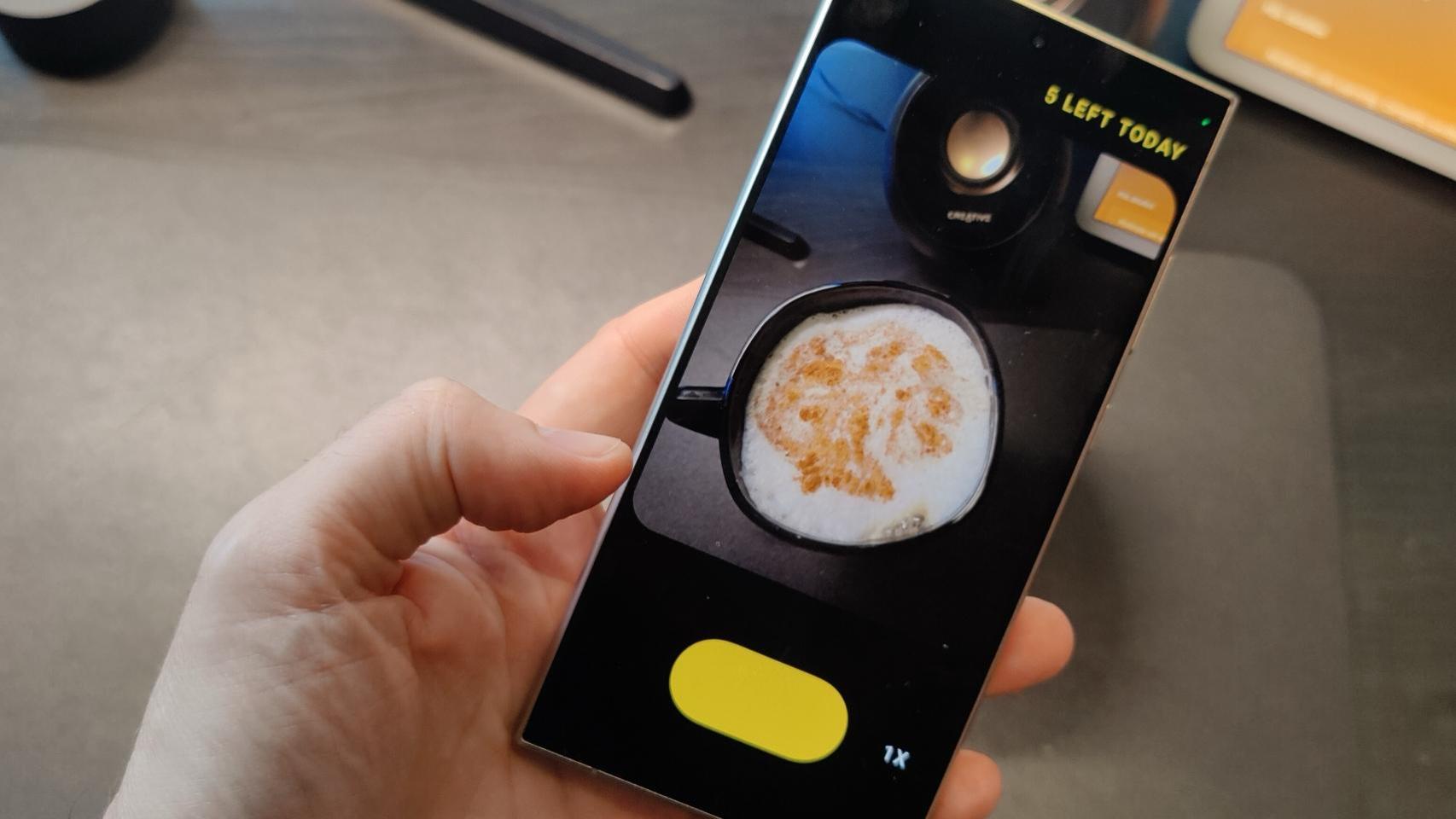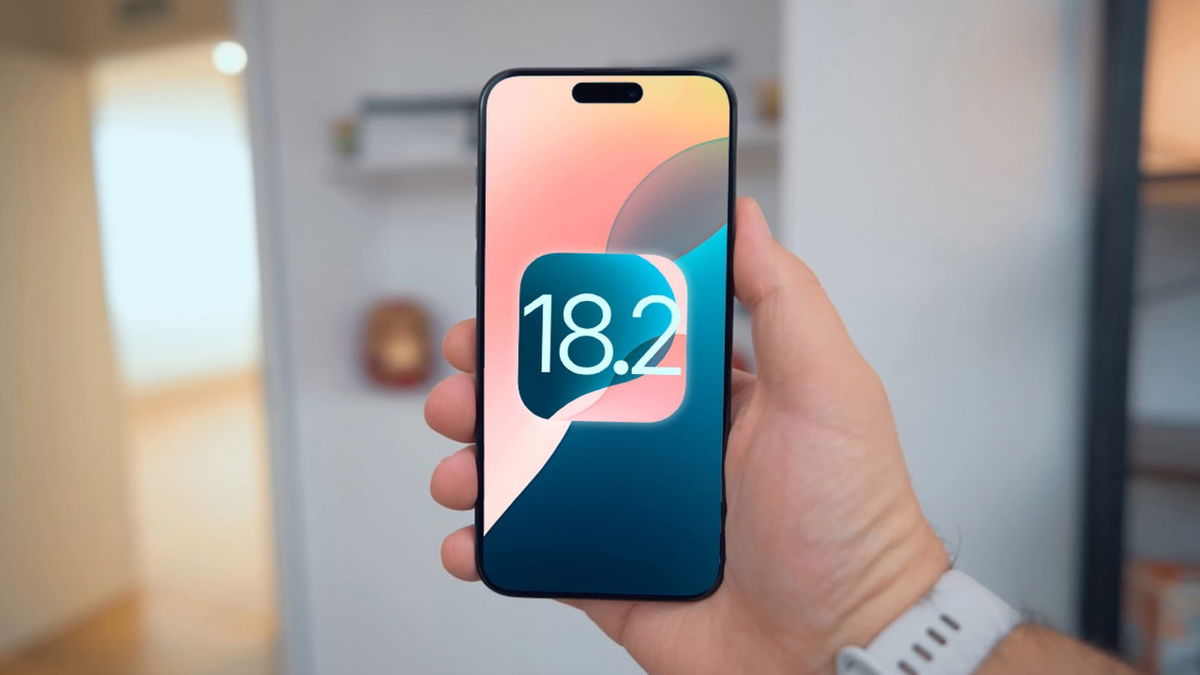2024 will perhaps be the year of the return of mixed or augmented reality; and we say “return” because it is not a new technology, but as happened with artificial intelligence in 2023, it is now that its full potential can really be exploited. The key will be in the upcoming launch of Apple Vision Pro, augmented reality glasses that promise new experiences beyond the iPhone.
The danger now for the rest of the manufacturers is that Apple achieves what no one has achieved until now: that augmented reality becomes a product desired by consumers. This would be ironic, considering how much Google has invested in this technology, being one of the first to launch glasses with Google Glass.
The good news is that Apple will have competition, and it might be even better. Today, Qualcomm presented its new Snapdragon XR2+ Gen 2 platform, and is backed by some of the biggest names in the industry such as Samsung and Google. We’re facing a significant advancement in raw power, with chips capable of doing things that until now seemed impossible. For example, glasses based on this platform will be able to display videos from external cameras in color and with a latency of only 12 ms; In other words, even if our eyes are covered, we can see our environment almost as if it were not there, but with the additions that augmented reality allows, such as three-dimensional elements.
To represent these elements that will “enhance” our reality, the Snapdragon XR2+ Gen 2 have significantly improved graphics performance, which is 2.5 times higher than the last generation. This should result in more realistic games and experiences. As it could not be otherwise, AI is also important, with performance 8 times higher than the last generation.
All of this has allowed Qualcomm to boast that it is a platform that enables “4K spatial computing”; Concretely, the glasses will be able to use displays with resolution up to 4.3K at 90 frames per second, although it depends on each manufacturer. Glasses that make the most of this material will be able to display very realistic images.
Features of the Snapdragon XR2+ Gen 2 platform
The big mystery lies in the results of the collaboration with Google and Samsung, since for the moment Qualcomm has not been able to provide details. It is expected that in the case of Google the result will be better software support, although at the moment the version of Android for augmented reality that was talked about last summer has not been announced. For his part, it is no secret that Samsung prepares its own glasses to take on Apple, which will probably be based on this chip. Qualcomm says at least four other manufacturers besides Samsung are working on devices with the chip, including the soon-to-be-announced HTC Vive.
This may interest you
Follow topics that interest you









